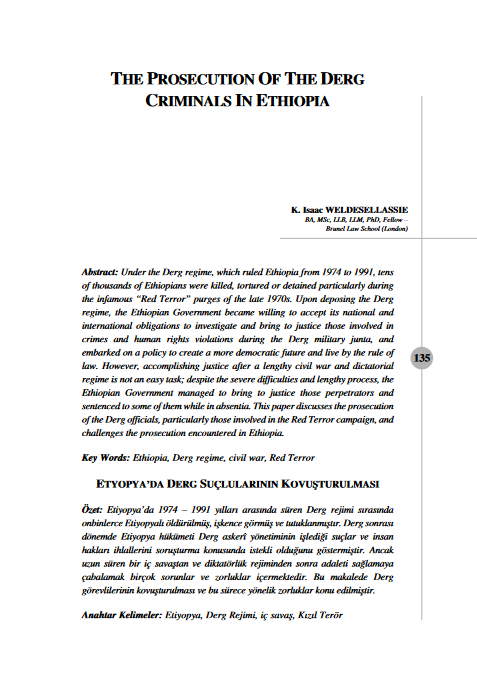Download PDF :


EurActiv (20 February 2017)
The European Commission will warn Italy on Wednesday (22 February) it could face EU disciplinary action for not reducing its huge public debt as required by EU laws, unless Rome delivers on deficit cutting measures as promised, an EU official said.
The warning comes after the latest round of Commission economic forecasts for the 28-nation bloc, which showed Italy’s public debt would rise to an all-time high of 133.3% of gross domestic product this year from 132.8% in 2016.
EU rules say Italy should instead reduce its debt by about 3.6% of GDP annually.
The warning on Wednesday is to put more pressure on Rome to deliver on promises made in a letter to the EU executive on 7 February, pledging that Italy would cut its structural deficit by 0.2% of GDP this year through measures to be adopted by the end of April.
“Unless Italy specifies its commitments properly, next week will show that they are not compliant with the debt rule,” said the EU official, who has insight into the process but spoke on condition of anonymity.
“They committed to measures in their letter to do 0.2% of measures to reduce the structural deficit. We need to see that happening,” the official said.
The disciplinary action that the Commission could launch against Italy in May if the measures are not in place is called an excessive deficit procedure and could, in theory, end up in fines for Rome, although this is unlikely.
France, Spain and Portugal have all been treated leniently over the last two years, despite also breaking EU rules, as public opinion in Europe sees the laws as bad austerity policies imposed by Brussels, rather than prudent economic thinking.
Italy and Spain: A tale of two deficits
While Italy has opted for a confrontational approach to clinch budget spending leeway from the European Commission, Spain is hoping that better-than-expected growth will placate EU demands.
Italy’s structural deficit, which excludes business cycle swings in spending and tax revenue and one-off items, is also growing. In 2016 it rose to 1.6% of GDP from 1.0% in 2015. It is set to increase to 2.0% this year and 2.5% in 2018.
EU rules, meanwhile, say that governments have to cut their structural deficits by at least 0.5% of GDP each year until they reach balance or surplus.
Rome said that the series of deadly earthquakes that struck central Italy over the past six months has cost the country more than €23 billion.
The agency’s report has been sent to Brussels as part of Italy’s request to tap the EU Solidarity Fund to help pay for recovery efforts.




























